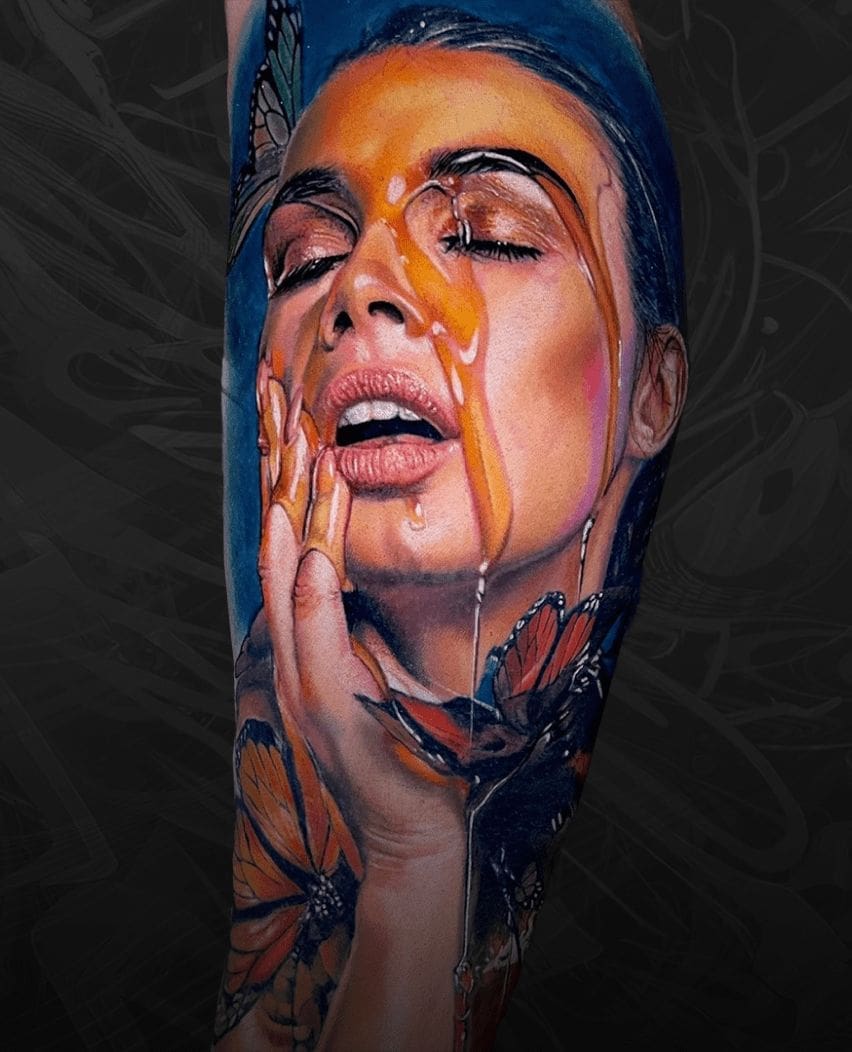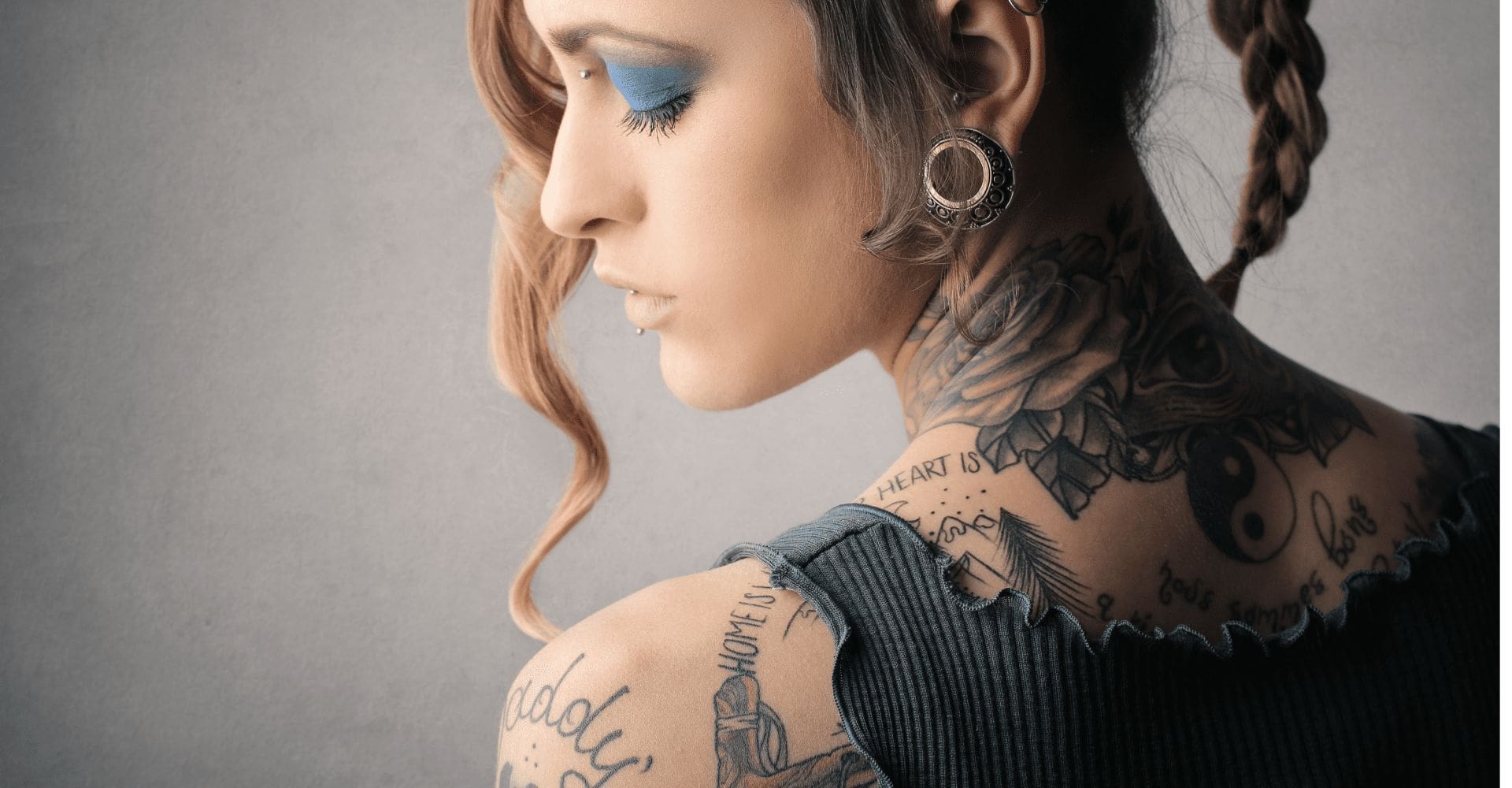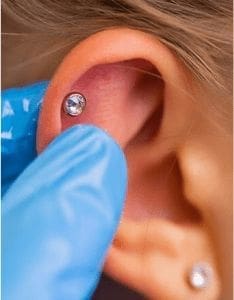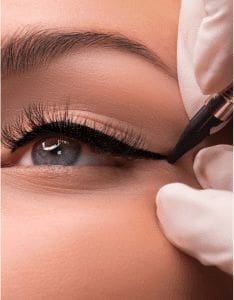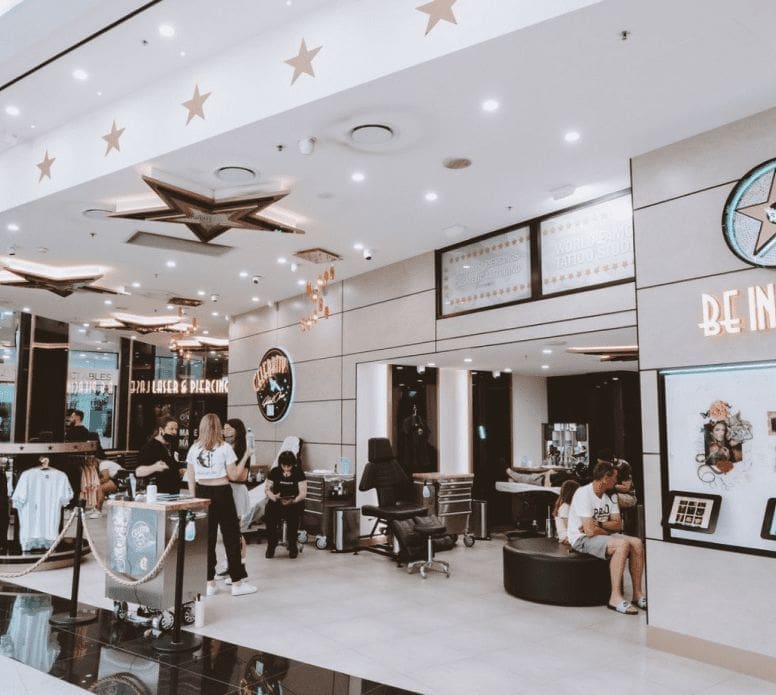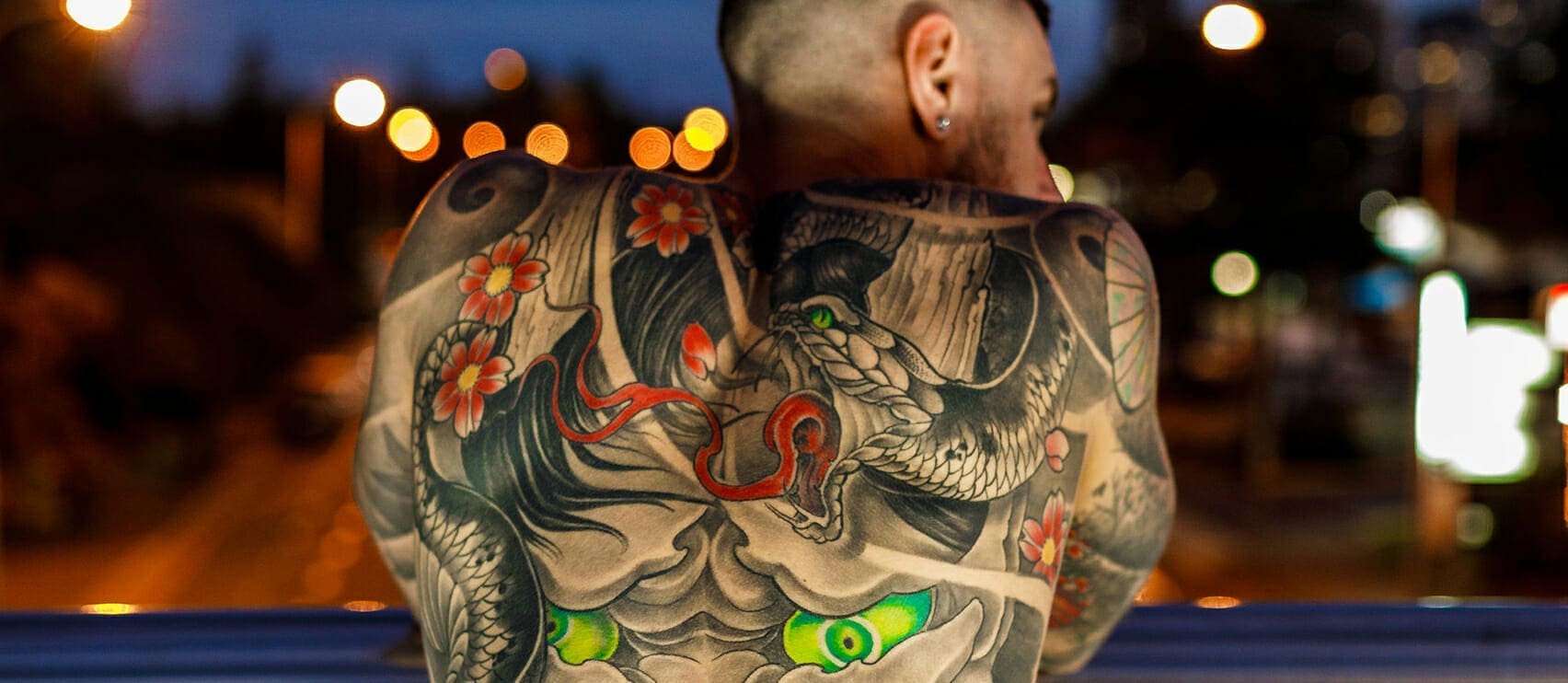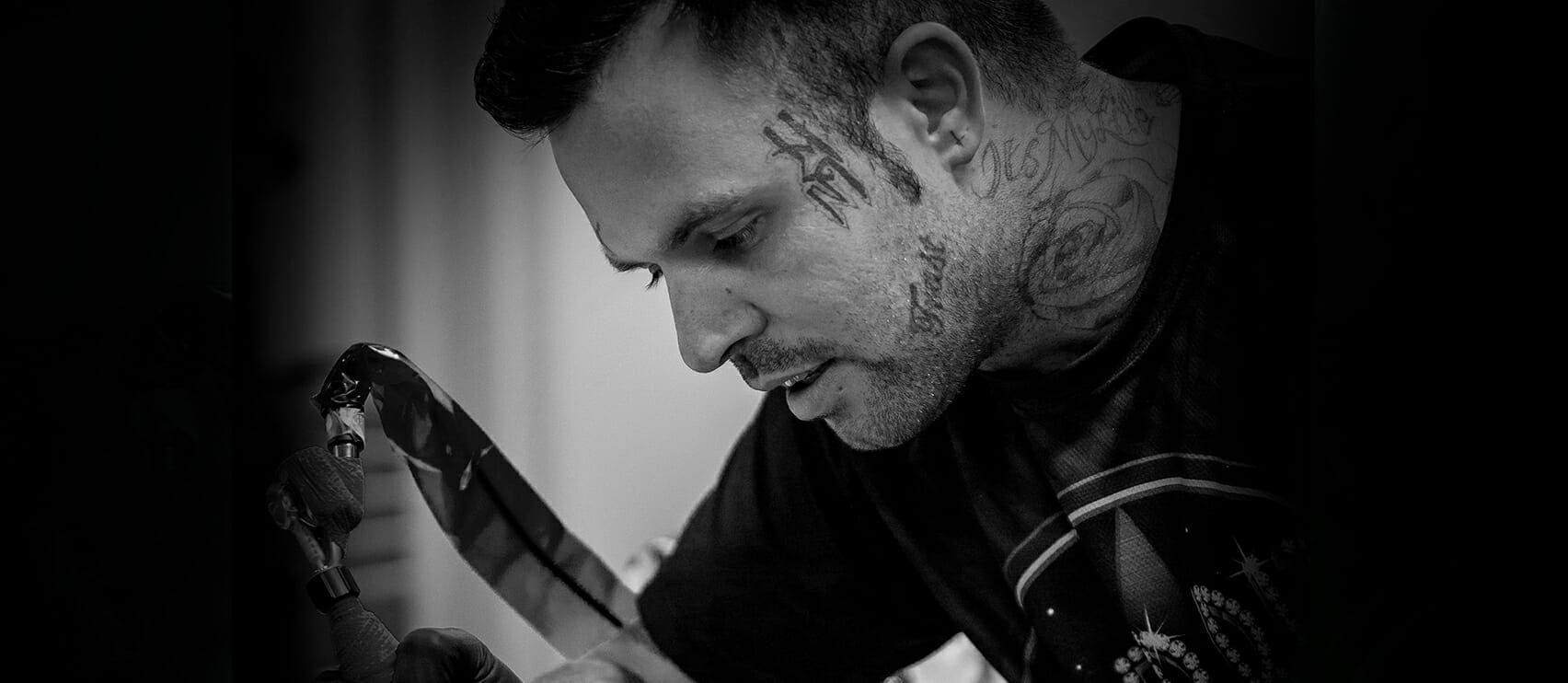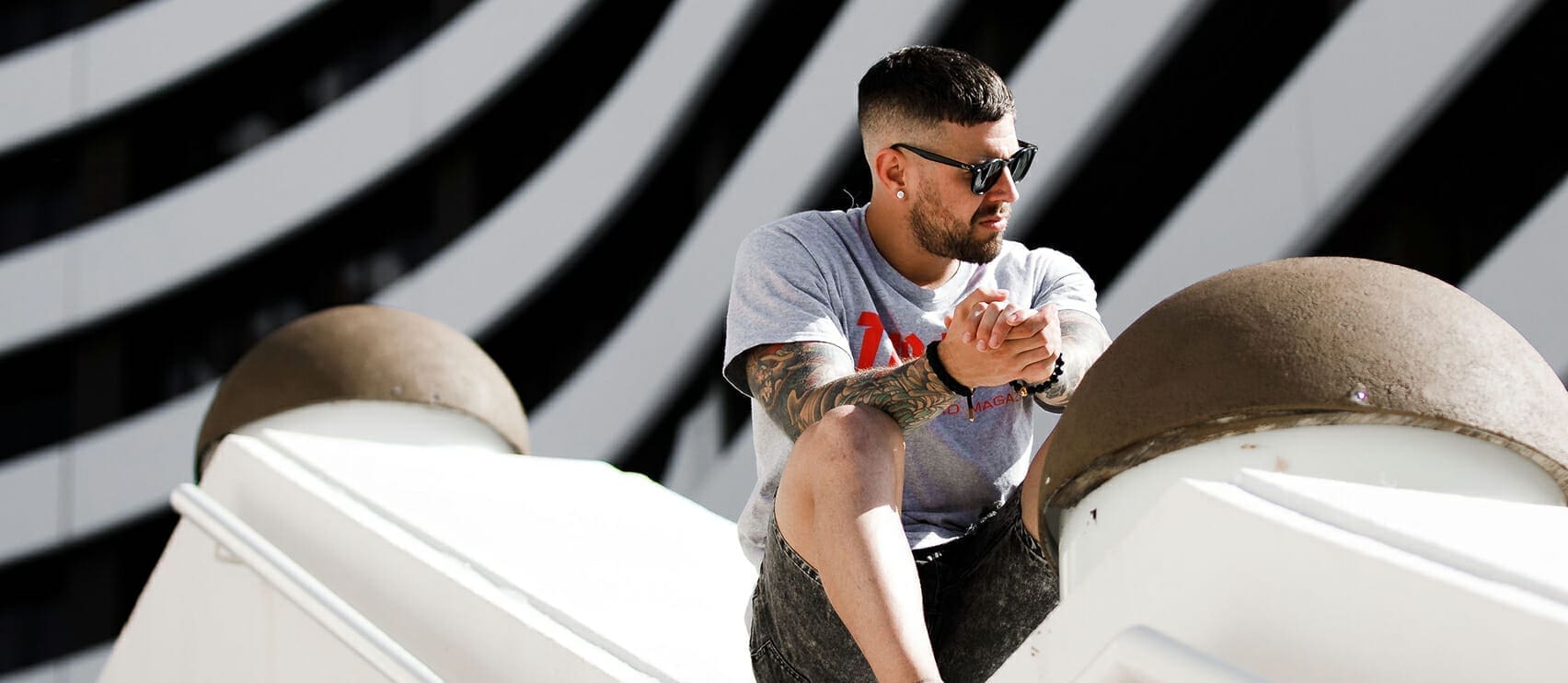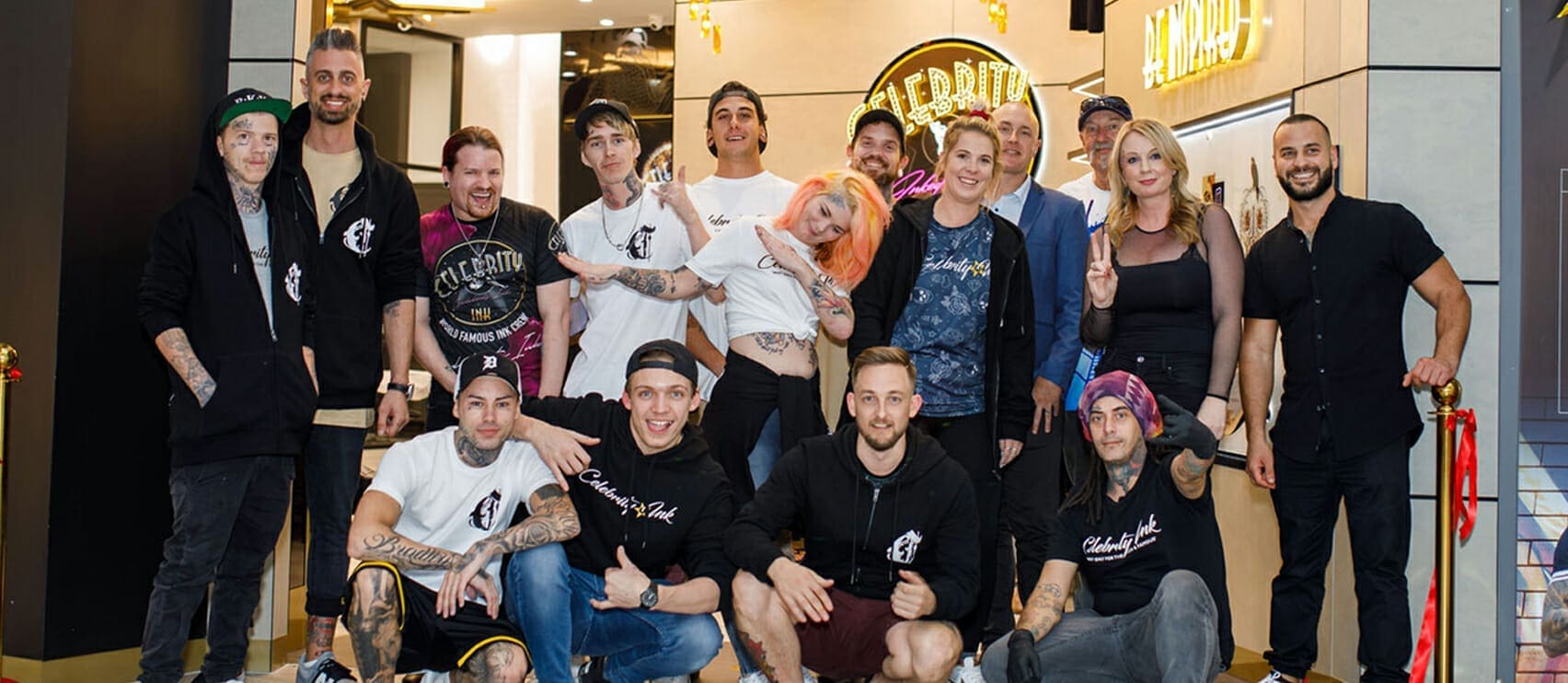Can you believe people have been making their mark on their skin as a form of expression for more than five thousand years? This is evidenced by the remains of a man affectionately known as Ötzi, found in the Italian Alps from 3330 BC covered in no less than 61 tattoos.
This ancient artform is practiced by many cultures, displaying human creativity and storytelling in all its glory; and you can bet the history of tattoos is a fascinating one!
Exploring early tattoos
Tattooing, including facial tattooing, was further developed in 1500 BC by the Austronesian people, in particular the Proto-Austronesians in Taiwan and Coastal South China, who improved the tattoo practice with the use of a skin-puncturing technique using a small mallet and a piercing implement understood to be made from Citrus thorns, fish bones, and oyster shells.
Fast forward to the 1700s, British explorer Captain James Cook discovered a whole lot more than the East Coast of Australia on his voyages around the South Pacific in 1768. In fact, one could say that Captain Cook and his team were largely responsible for introducing tattoos as a new fashion trend among some members of the upper classes, including royalty. Documenting their journey, Sir Joseph Banks and artist Sydney Parkinson returned to England with many tales depicting them extensively. It is believed that Artist Sydney Parkinson got a tattoo himself whilst in Tahiti, but it was Sir Joseph Banks (a highly ranking and regarded member of the English aristocracy) who journeyed with Cook and brought back a tattooed man from Raiatea (French Polynesia) to present him to the English Court. This became a status symbol of wealth.


Editorial credit: vectorx2263 / Shutterstock.com
The First Electronic Tattoo Machine and the Sailor’s Life
It wasn’t until son of Irish Immigrants and New York born Samuel F. O’Reilly invented the first electric tattoo machine in 1891 that the popularity with the upper class declined as tattoos became more affordable for all classes to obtain. This meant it held no further attraction for the upper echelons of society, and tattooing saw a shift from a symbol of wealth to that of a mark of criminals and rebels!
However, sailors and servicemen still continued to embrace tattoos. In the early 1900s, tattoos were popular with American sailors offering further support of the Seaman’s Protection Certificate which had been the subject of much discussion due to the fact it could easily be torn up by an opposing Navy. Tattoos presented a unique way to identify a sailor’s body should it be lost at sea or impressed by the British Navy and were often added to the Seaman’s Protection certificates as further identity measures. Men often marked their arms or hands with initials of themselves and loved ones, important dates and symbols of their seafaring journey. Using very simple techniques and tools, tattoo artists worked on board ships using anything available to create the pigments required including gunpowder and urine. The industry is a far cry from this nowadays!


Tattoos in times of war and peace
Meanwhile in Australia, in 1916, Fred Harris dominated the tattoo industry with a span of 28 years’ operating the only tattoo shop in Australia out of Sussex in Sydney, completing over 2,000 tattoos per year. As tattoo styles and designs often reflect the culture of the times, women started to request tattoos and often wanted them on their legs so they could be seen through their stockings. With the war of 1939, business boomed with requests for patriotic emblems as well as tattoos of soldier’s names and regiment numbers. Often the Aussie, Britain and France flags were requested at this time, and after December 1941, American sailors in Australia requested Fred’s trademark dagger noting “Remember Pearl Harbour, December 7, 1941”.
In the hippy and heady era of the 1970’s, tattoos became a major player in Western fashion for both men and women amongst all demographics and economic classes. Commencing with only 40 tattoo artists in the US, by 1980 there was rapid growth with more than 5,000 (possibly not all of them reputable!). Understanding the significance of the history of tattoos, Arnold Rubin created a collection of works regarding the history of tattoo cultures calling it the ‘Marks of Civilisation”. This was published posthumously in 1988.


Tattoos and Celebrities
As with all things fashion, celebrities have greatly assisted in bringing tattoos even more into the mainstream, along with the rising representation within pop culture and television shows.
Undergoing a dramatic shift from an expression of defiance to part of the norm, in 2010 25% of Australians under the age of 30 had tattoos and two years later in 2012, tattooed women outnumbered tattooed men for the first time in American history.
Ever evolving, the tattoo industry experienced another shift with the arrival of sound wave tattoos in 2017. An audio file is uploaded into an app which creates a soundwave. This soundwave design is then tattooed on the body. A photo is then taken of the tattoo and uploaded back into the app so it can play back the audio associated with it. It’s a different way to express yourself utilising art and technology putting even more meaning in your next tattoo.
Steeped in a rich and complex history, tattoos are going nowhere but forward. As a society we continue the desire to express ourselves through our art and stories, and what a story 2020 brings! Ready to tell your next chapter? Make an appointment at Celebrity Ink™!




